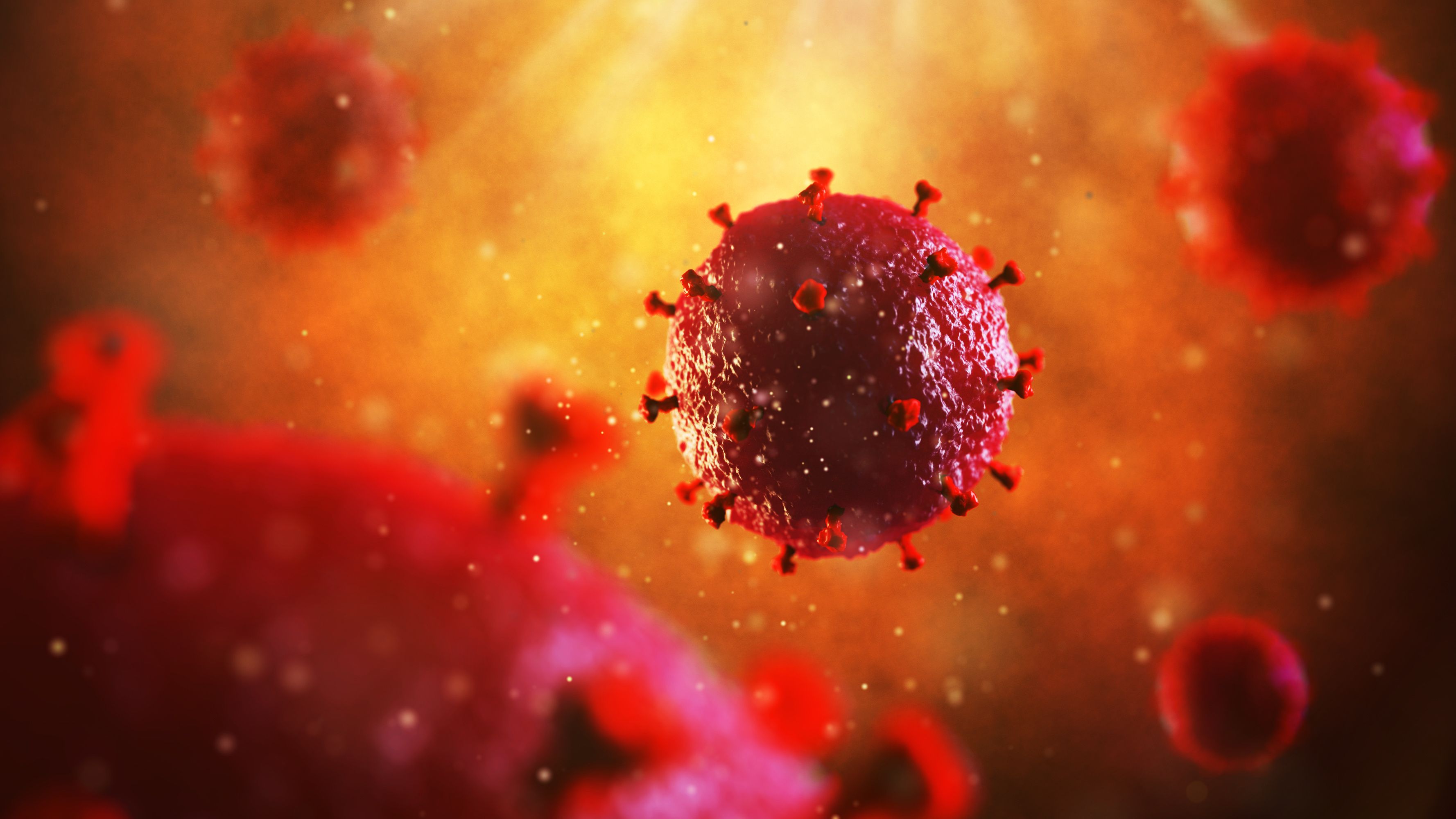News
Article
Current HIV-1 Vaccine Designs Aim to Improve Breadth of Broadly Neutralizing Antibodies
Author(s):
Combining T and B cell vaccines could induce a strong enough immune response and protect against HIV-1 infection, although the science is not fully developed.
A vaccine that induces potent broadly neutralizing antibodies (bnAbs) may be capable of preventing HIV-1, according to an article published in the National Review of Immunology. However, this multicomponent vaccine is a daunting undertaking, considering the evasive nature of HIV-1 and complexity of sequential immunogens and bnAbs.
Image credit: artegorov3@gmail | stock.adobe.com

“A protective HIV-1 vaccine will likely be the most complex vaccine ever designed, employing novel vaccine platform technologies such as modified mRNAs in lipid nanoparticles (LNPs) or novel vectors,” the study authors wrote in the article.
HIV-1 is a chronic disease that can only be managed with antiretroviral therapy. The HIV-1 lentivirus has also become more genetically diverse—making vaccine development more difficult—and it is skilled at invading the immune system and resisting host immunity treatment.
bnAbs are antibodies that offer broad protection against viruses. Currently used for non-HIV-1 vaccines, the next generation of HIV-1 vaccine development is focusing on using bnAbs to block heterologous HIV-1 strains from immune cells.
Yet for various reasons, making a vaccine with bnAbs is complex. Foremost, bnAb maturation requires a series of mutations (probable and improbable), many of which require highly specific epitopes to be present. In addition, the novel bnAb vaccine would require 100% efficacy for blood and mucosal exposure to prevent transmission. Because HIV-1 provirus can sit latent in the host genome and evade the immune system, this high-reaching goal is necessary.
One of the biggest challenges also associated with the creation of a multicomponent vaccine is that B cell lineages do not always mature to have full neutralization capacity against HIV-1.
“[Therefore] the HIV-1 vaccine field is essentially having to learn how to ‘engineer’ the adaptive immune system to generate bnAb B cell lineages that are highly disfavored in the setting of vaccination,” the study authors wrote in the review.
One of the current strategies for HIV-1 vaccine development is focused on creating a vaccine that has a strong T cell response. T cells can induce a strong CD4+ T follicular helper cell (FH cell) response that activates the immune system, supporting vaccine-mediated HIV-1 bnAb induction to block HIV-1 from host cells.
Other development strategies include using bnAbs to target the membrane proximal external region of the envelope’s (Env) transmembrane domain, using a fusion domain linear peptide sequence, or combining T and B cell vaccines to elucidate a more effective vaccine.
B cell lineages mature to produce bnAbs. In the case of HIV-1, the immune system is not able to induce as many bnAbs to fight the virus. The current goal of the HIV-1 vaccine design is to target germline naïve B cells with immunogens, then boost the B cells’ use sequential immunogens. These will induce the production of bnAb B cell lineages, but only ones that are favorable and defend against HIV-1.
“The hope is that once a vaccine is designed and shown to be effective, the immune correlates of protection of a successful bnAb vaccine will be identified and the complex nature of the immunogen can be simplified and made practical for administration in countries around the globe,” the study authors concluded.
Reference
Haynes B, Wiehe K, Borrow P, et al. Strategies for HIV-1 vaccines that induce broadly neutralizing antibodies. Nat Rev Immunol. 2023; 23(3): 142–158. 2022 Aug 12. DOI:10.1038/s41577-022-00753-w
Newsletter
Stay informed on drug updates, treatment guidelines, and pharmacy practice trends—subscribe to Pharmacy Times for weekly clinical insights.






